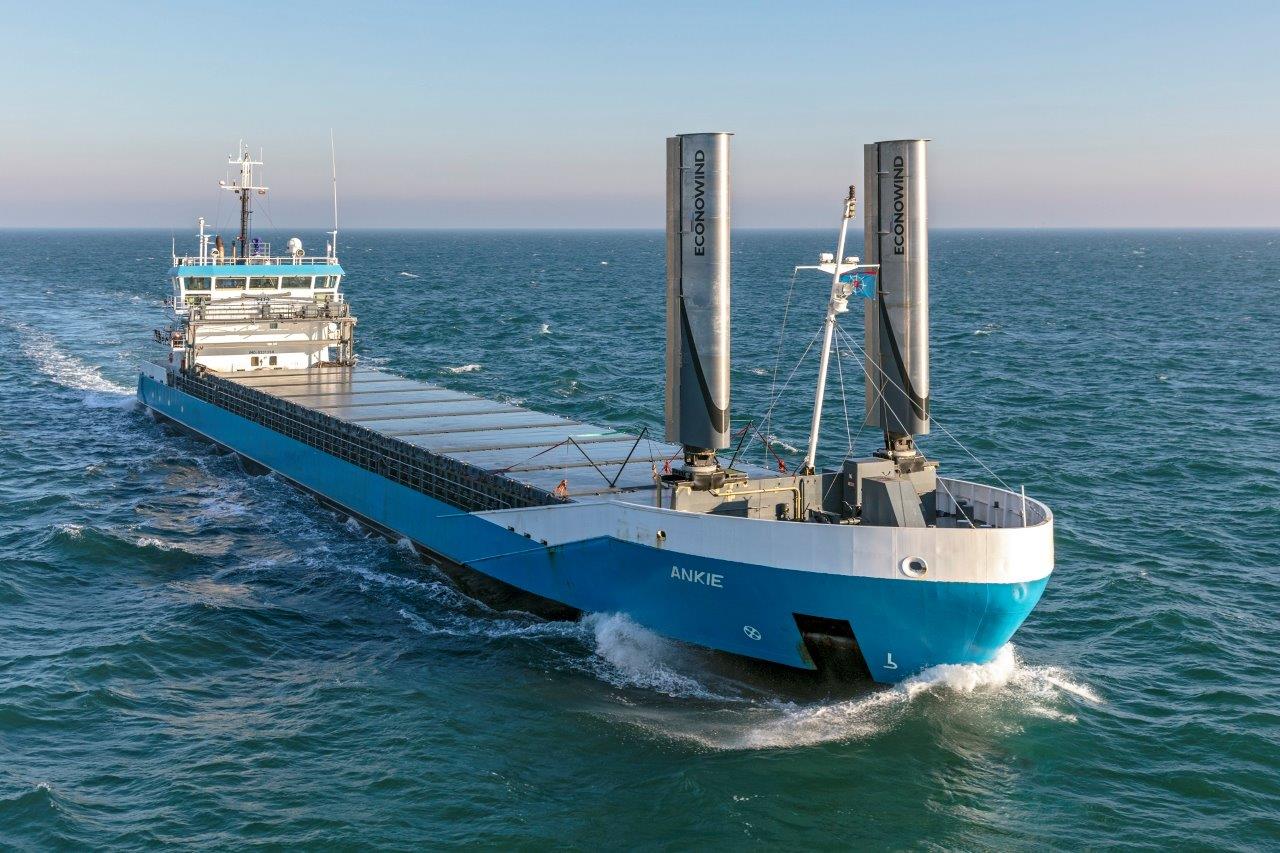Press Release: Analysis of the insurer’s claims over the last three years finds:
- Inland operations suffered damage caused by extreme weather in 32% of cases
- Unsurprisingly, locations near a coast are more susceptible to weather related incidents (68% of cases) with 16% of claims involved heavy rainfall causing flooding
- Property damage through strong winds and microbursts featured in 74% of weather-related claims through the period
- The maritime mode accounted for 65% of reported claims. This in part explained by the length of time cargo is in transit and exposed to variable climatic zones
- Road transit next most prominent mode at 14%
- Wet damage while in storage accounted for 13% of reported claims; 31% of these as a result of flooding
Recent, and on-going meteorological events, particularly in the Vancouver area are timely instances of extreme weather such as unprecedented rainfall, tidal surges and wind microbursts becoming more common. Whilst many storm events are considered geographically seasonal – such as those in the Tropics – the global supply chain as a whole must take adequate steps to prepare for isolated severe weather events. Typically wind strength is most ferocious in coastal areas. However, it is often the surge and flood risk that can cause greater problems, both on the coastline and further inland.
The incident data compiled by TT illustrates that the traditionally wetter summer months in the northern hemisphere are when cargo is at greater risk; extreme flooding across broad swathes of continental Europe during July and August 2021 corroborate this as an emerging (or emerged) risk. Further, recent months have seen extraordinary volumes of rainfall over short periods in various parts of the globe, resulting in flash flooding and causing significant damage.
TT Club’s Risk Management Director, Peregrine Storrs-Fox elaborates, “The associated losses of such incidents can be far reaching; water is unforgiving and has the ability to penetrate and cause significant damage. Flood water is inevitably dirty, increasing damage and in many instances creating health challenging situations. Extreme weather events can be challenging to predict but operators of warehouses, terminals and port areas need to keep ‘fresh’ their assessment of the changing risk profile in relation to climate experience .”
TT notes that understanding of meteorological trends, particularly in light of global warming, is doubtless advancing. The capability to monitor, record and predict weather patterns will continue to develop. This understanding will not physically protect property, equipment and operations but, when utilised as an integral component of thorough risk assessment, it should inform operational decision-making.
The insurer’s analysis has also found that 65% of cargo damage incidents are attributable in part to the way that goods are packed within a container or cargo transport unit (CTU). That data for 2020 suggests 25% of wet cargo damage was caused by water ingress to the CTU through pre-existing damage that probably should have been identified as part of the cargo packing process. Many claims therefore can be avoided with a robust pre-loading condition checking procedure and correct packing processes.
The CTU Code¹ and the more recent ‘CTU Code – a quick guide’² and its complementary Container Packing Checklist published by the Cargo Integrity Group, provide invaluable guidance for actors in the supply chain to mitigate such risks.
“Climatic change is a fact of life,” concludes Storrs-Fox, “as such risk assessment exercises by supply chain stakeholders must necessarily take account of extreme weather events, as unpredictable as they may be. However, sensible operational measures and the employment of best practice procedures pertinent to individual organisations’ functions will go a long way towards avoiding disastrous consequences when the next rainstorm hits.”
¹ IMO/ILO/UNECE Code of Practice for Packing of Cargo Transport Units (CTU Code)
² The CTU Code — Quick Guide and Checklist is now available in all six official United Nations languages plus Italian in PDF format, downloadable HERE
Header image: Photo by Pixabay: https://www.pexels.com/photo/rain-drops-459451/

































